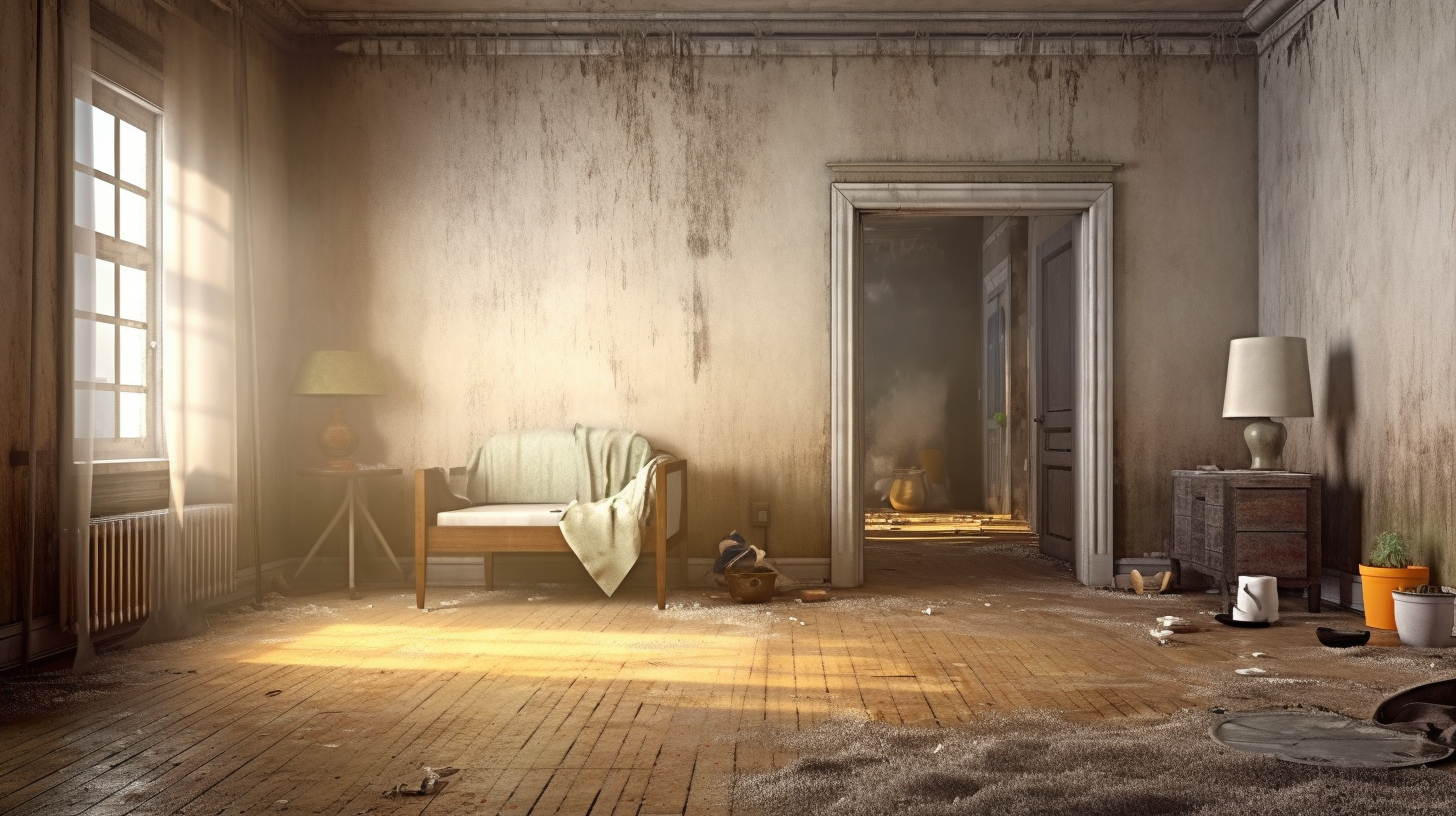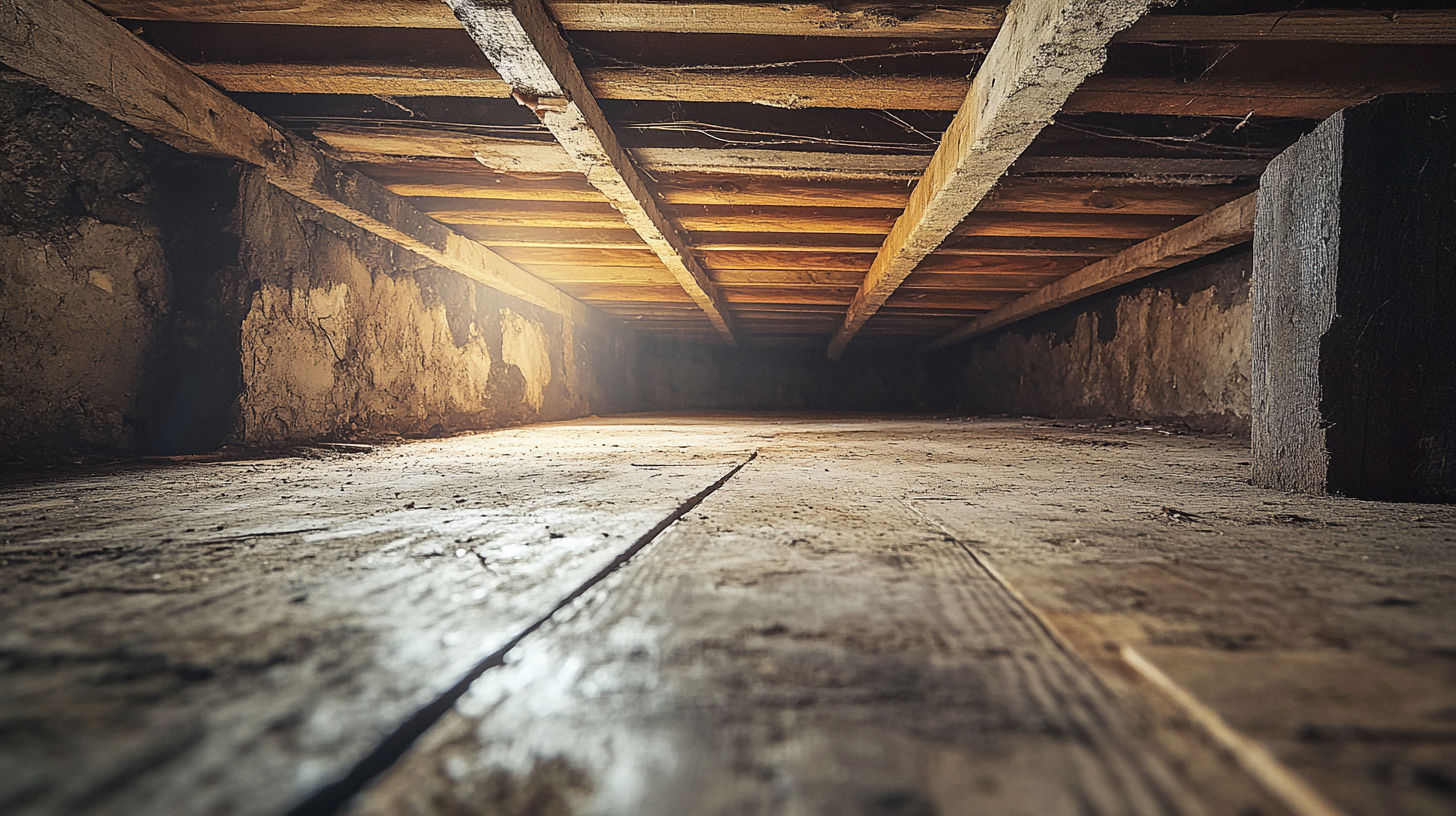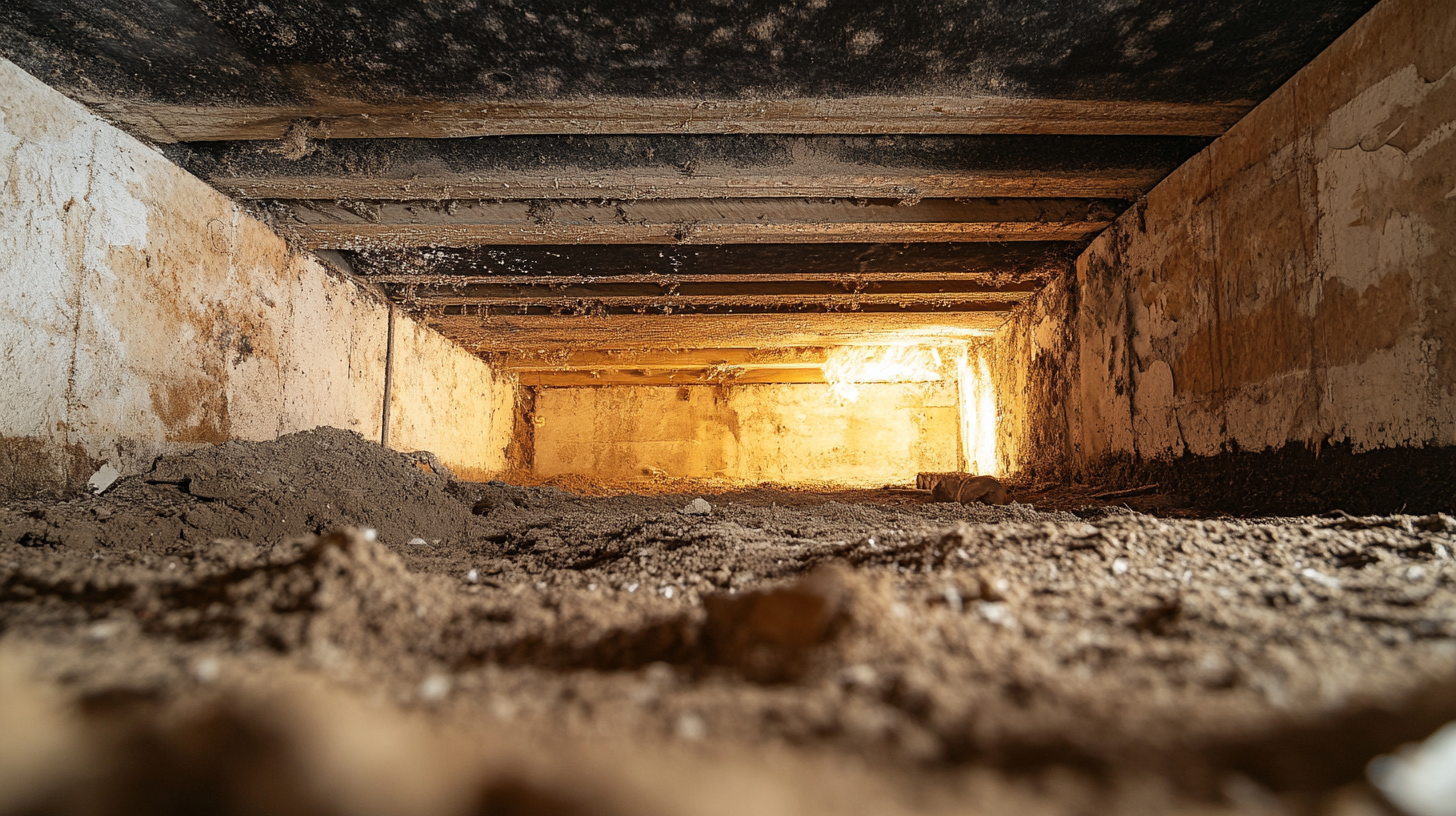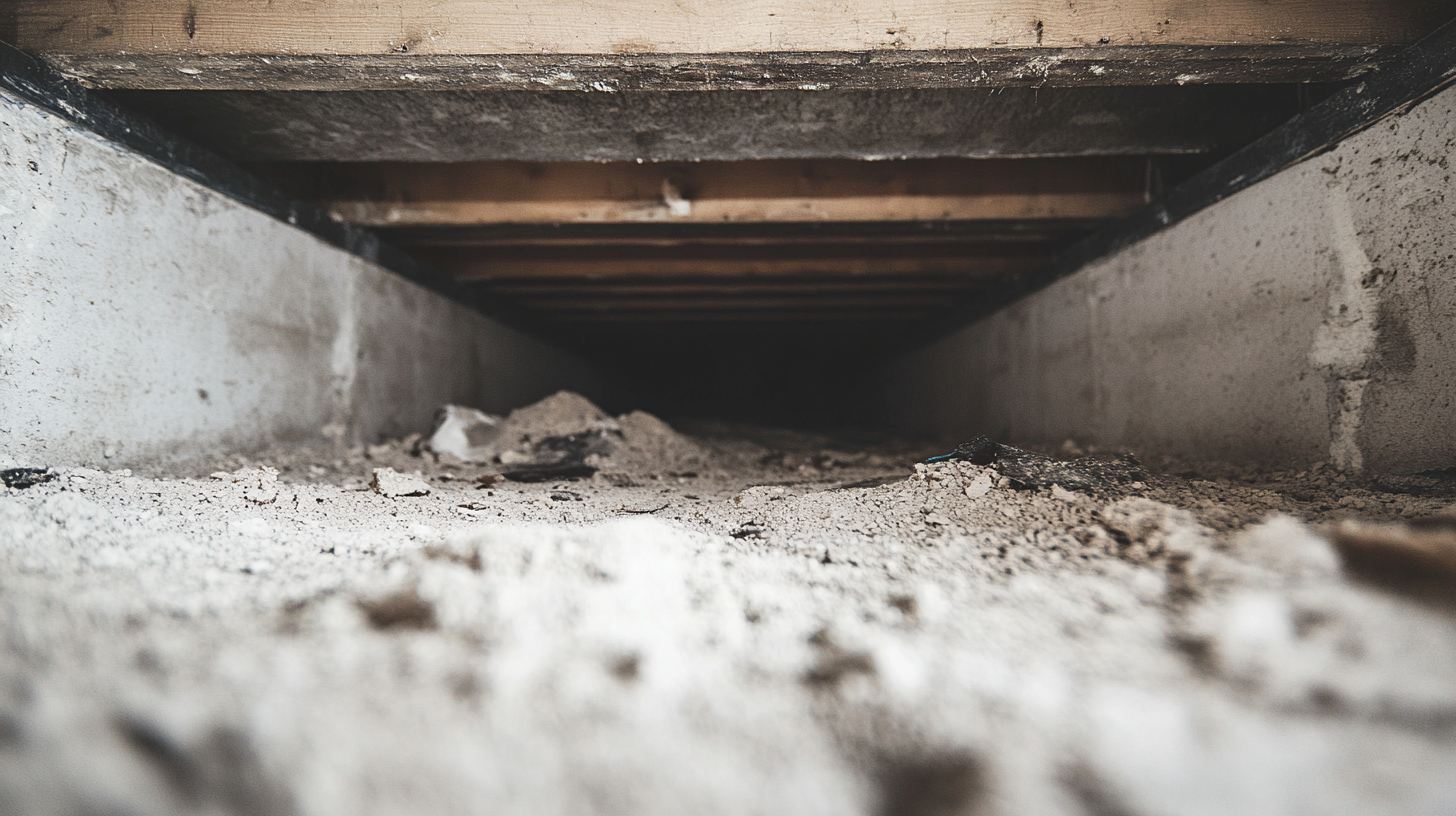Locally owned and operated.
Call Us Anytime: +1 843-304-6615
CLEANING & RESTORATION
24/7 Emergency Services:
Call us at 843-305-3383
Locally owned and operated.
Call Us Anytime: 843-305-3383
CLEANING & RESTORATION
24/7 Emergency Services:
Call us at 843-305-3383
Odor Neutralization Solutions for Mold and Mildew

Homeownership comes with its fair share of challenges, but few are as pervasive and troublesome as dealing with mold and mildew. These fungi thrive in damp, poorly ventilated areas of a home, and their presence can lead to more than just unsightly spots or damage to surfaces. One of the most persistent and frustrating issues homeowners face is the strong, unpleasant odors that mold and mildew can produce, which can infiltrate every corner of a living space.
Whether in basements, bathrooms, or even inside walls, these odors can make a home feel less inviting and may even cause discomfort for its occupants. Beyond the inconvenience, the presence of mold and mildew may indicate deeper structural issues, such as leaks or improper insulation, and can pose health risks for those with allergies or respiratory conditions. In this blog, we’ll explore the causes of mold and mildew,
how these odors develop, and offer practical solutions to address both the smells and the underlying problems to help restore your home's comfort and safety.
Understanding Mold and Mildew Odors
Mold and mildew are not just unpleasant to look at; they are also notorious for producing persistent, musty odors that can permeate your living space. These odors can make your home feel less comfortable and may signal underlying problems that require attention.
What Causes Mold and Mildew Odors?
Fungal Growth: The musty, earthy smell associated with mold and mildew comes from volatile organic compounds (VOCs) that these fungi release as they grow. The scent is often described as damp or stale, indicating that fungi are thriving in your home, typically in areas with consistent moisture.
Moisture as a Catalyst: Mold and mildew require moisture to grow. Common sources include leaks, condensation, poor ventilation, and high humidity. When excess moisture lingers, it creates the ideal conditions for fungal growth, leading to stronger, more pervasive odors that can quickly spread throughout the home.
Potential Health Risks: Beyond the unpleasant smell, mold and mildew can also pose health risks. Prolonged exposure to mold spores and the accompanying odors can trigger allergic reactions, exacerbate asthma, and lead to other respiratory issues. For families with vulnerable members, such as children or the elderly, addressing mold promptly is crucial for maintaining indoor air quality and health.
Identifying the Source of Mold and Mildew
Inspect Damp Areas: The first step in tackling mold and mildew odors is identifying the source of the problem. Focus on areas that are prone to moisture accumulation, such as bathrooms, basements, crawl spaces, and attics. Look for visible signs of mold or mildew growth, which can appear as black, green, or white spots on surfaces.
Look for Hidden Mold: Not all mold is visible. Persistent odors without any obvious signs of mold growth may suggest hidden infestations. Mold can lurk behind walls, under flooring, or even inside HVAC systems. In these cases, a professional inspection may be necessary to uncover the hidden source and prevent further spread.
Signs of Excess Humidity: High humidity levels create the perfect environment for mold and mildew to thrive. If your home feels damp or if you notice condensation on windows and walls, use a hygrometer to measure indoor humidity. Ideally, indoor humidity should remain below 50%. Levels above this threshold promote mold growth and can worsen existing problems.
Addressing the Root Cause of Mold and Mildew Odors
Mold and mildew odors are often the result of deeper, moisture-related issues in the home. To permanently eliminate these odors, it’s essential to address both the underlying moisture problems and the visible mold growth. Tackling the root cause not only improves your home’s air quality but also prevents future mold infestations.
Moisture Control and Prevention
Fix Leaks Immediately: One of the most common sources of mold and mildew is excess moisture from leaks. Plumbing leaks, roof damage, and foundation cracks can all allow water to seep into your home, creating a perfect breeding ground for mold. Addressing leaks as soon as they are discovered is critical for preventing mold from taking hold. Regularly inspect your home for signs of water damage, particularly in areas prone to leaks, such as under sinks, near windows, and along the foundation.
Improve Ventilation: Proper airflow is essential in areas that regularly experience moisture buildup, such as bathrooms, kitchens, and basements. Without adequate ventilation, humidity can accumulate, creating a damp environment where mold and mildew thrive. To prevent this, ensure that exhaust fans are installed and working properly in bathrooms and kitchens, and consider opening windows or using fans to encourage airflow, especially after activities like showering or cooking.
Use a Dehumidifier: In homes located in humid climates or areas prone to persistent moisture, using a dehumidifier can be an effective solution for maintaining optimal humidity levels. Aim to keep the indoor humidity below 50% to discourage mold growth. A dehumidifier can help remove excess moisture from the air, particularly in problem areas like basements, crawl spaces, or laundry rooms.
Cleaning and Removing Mold
Use Mold-Killing Cleaners: Once moisture issues have been addressed, the next step is to tackle any visible mold. Use a commercial mold and mildew remover or a homemade solution of water and bleach (1 cup of bleach per gallon of water) to scrub away the mold. Be thorough when cleaning and ensure that the affected area is completely dried afterward to prevent mold from regrowing.
Dispose of Contaminated Materials: In cases where mold has infiltrated porous materials such as carpets, drywall, or insulation, simply cleaning the surface may not be enough. These materials can absorb mold spores, making it nearly impossible to fully remove the contamination. To completely eliminate the odor and health risks, it may be necessary to remove and replace these materials. Dispose of contaminated items carefully to avoid spreading mold to other areas of the home.
Effective Odor Neutralization Solutions for Mold and Mildew
While addressing the root cause of mold and mildew is essential for long-term odor elimination, using effective odor neutralizers can help restore a fresh, clean scent to your home in the meantime. Whether you prefer natural remedies or commercial solutions, there are several options available to neutralize musty odors and improve indoor air quality.
Natural Odor Neutralizers
Vinegar Solution: Vinegar is a simple, natural deodorizer with mild antimicrobial properties that can help neutralize mold and mildew odors. Create a solution of equal parts white vinegar and water, then spray it onto affected surfaces or in areas where musty smells are present. Allow the area to air out naturally as the vinegar works to absorb the odors. Vinegar’s ability to combat odors makes it an environmentally friendly and cost-effective option for freshening up your home.
Baking Soda: Baking soda is well-known for its ability to absorb unwanted odors. It can be particularly effective in areas where mildew smells linger. Sprinkle baking soda on carpets, fabrics, or even directly into the air in musty rooms. Let it sit for several hours to absorb the odors before vacuuming it up. Regular use of baking soda can help keep spaces smelling fresh without the use of harsh chemicals.
Activated Charcoal: Activated charcoal is another natural solution that works by trapping odor molecules and neutralizing musty smells. Charcoal bags can be placed in areas where mold and mildew odors are strongest, such as closets, basements, or bathrooms. Over time, the charcoal absorbs odors from the air, making it an easy, low-maintenance way to improve air quality in your home.
Commercial Odor Neutralizers
Enzyme-Based Cleaners: For tougher odor problems, enzyme-based cleaners are a powerful solution. These products contain enzymes that break down the organic compounds responsible for mold and mildew odors at a molecular level. They are particularly effective on porous surfaces like fabrics, carpets, and upholstery, where mold spores and odors can become embedded. Enzyme-based cleaners provide a deep clean that neutralizes odors at the source.
Air Purifiers with HEPA Filters: Air purifiers equipped with HEPA filters and activated carbon can help remove both mold spores and the odors they produce from the air. HEPA filters capture airborne particles, while the activated carbon absorbs odor molecules, improving the overall air quality in your home. For ongoing odor control, place air purifiers in areas with high humidity or persistent mold issues.
Ozone Generators: Ozone generators release ozone gas, which neutralizes mold and mildew odors by oxidizing odor-causing compounds. While highly effective, ozone should be used with caution, as exposure can be harmful to health. Ozone generators are best used in unoccupied spaces, and the area should be thoroughly aired out before people re-enter. Due to the potential risks, it’s important to follow manufacturer guidelines closely when using these devices.
Long-Term Odor Control Solutions
Eliminating mold and mildew odors requires more than just surface-level cleaning. To ensure long-lasting results and prevent odors from returning, it's crucial to implement long-term moisture management and air quality control strategies. By addressing the root causes of moisture and ensuring proper airflow, homeowners can keep mold and mildew odors at bay for good.
Crawl Space and Basement Moisture Management
Install a Vapor Barrier: One of the most effective ways to control moisture in crawl spaces and basements is by installing a vapor barrier. This thick, impermeable plastic sheet covers the ground and walls, preventing moisture from the earth or external sources from seeping into the space. By reducing the humidity levels, a vapor barrier creates an environment where mold and mildew cannot thrive, thus reducing the likelihood of musty odors infiltrating your home.
Ensure Proper Drainage: Water accumulation around the foundation is a major contributor to high moisture levels in basements and crawl spaces, which can lead to mold growth and unpleasant odors. Installing a French drain or sump pump can help redirect water away from the foundation, keeping the area dry. Additionally, gutter extensions can prevent rainwater from pooling near the house, providing further protection from moisture buildup.
Dehumidifiers for Long-Term Humidity Control: A high-capacity dehumidifier is a valuable tool for controlling moisture in areas that are prone to excess humidity, such as basements and crawl spaces. By maintaining humidity levels below 50%, dehumidifiers make it difficult for mold to grow and spread. Installing a dehumidifier is an essential long-term strategy to prevent the recurrence of mold-related odors in moisture-prone areas.
HVAC Maintenance and Air Filtration
Clean Air Ducts: Mold can sometimes develop within your home’s HVAC ducts, which then allows mold spores and musty odors to circulate throughout the house. To combat this, hire a professional to clean the air ducts regularly, ensuring that mold spores are removed and preventing them from re-entering your living spaces. Replacing air filters frequently is also key to maintaining good air quality and preventing the spread of mold-related odors.
Install a Whole-Home Dehumidifier: Connecting a whole-home dehumidifier to your HVAC system is an effective way to manage humidity levels throughout your entire home. Unlike portable dehumidifiers, which are limited to specific rooms, a whole-home system ensures that moisture levels remain balanced across all areas, making it less likely for mold to develop and odors to return.
Use HVAC Air Filters: To further protect your home from mold spores and allergens, use high-efficiency air filters such as HEPA or carbon filters in your HVAC system. These filters trap microscopic particles, including mold spores, preventing them from circulating through the air. Regularly replacing these filters ensures that the air you breathe is clean and odor-free.
When to Call a Professional for Mold and Mildew Odor Removal
While homeowners can often manage small mold and mildew problems with proper cleaning and moisture control, there are times when professional intervention is necessary. For large-scale infestations or cases where structural damage has occurred, a professional mold remediation service can ensure the problem is thoroughly addressed, keeping your home safe and odor-free.
Large-Scale Mold Infestations
Signs of Extensive Mold Growth: When mold covers a large area, typically more than 10 square feet, or if it has spread deep into walls, flooring, or insulation, the situation may be beyond the scope of DIY cleaning efforts. Mold that has infiltrated these materials often requires specialized removal techniques to fully eliminate the infestation. Professional mold remediation services have the tools and expertise to remove mold safely, prevent its spread, and address any underlying issues that may be causing the growth.
Persistent or Recurring Odors: If musty odors persist despite repeated cleaning, it could indicate that mold growth is hidden in places that are difficult to reach, such as behind walls or within the HVAC system. Professionals have the necessary equipment, including moisture meters and infrared cameras, to detect hidden mold colonies. By identifying and removing mold at the source, professionals can help you permanently eliminate both the mold and the odors it produces.
Structural Damage from Mold
Compromised Structural Components: Mold can do more than just create odors—it can also damage the structural integrity of your home. When mold has infiltrated key structural elements such as support beams, drywall, or flooring, professional remediation is essential. Mold can weaken these materials over time, potentially leading to serious structural issues. Professionals can assess the extent of the damage, remove the affected materials, and replace them to ensure your home is safe and sound.
Health Concerns: Mold exposure can cause a range of health issues, especially for individuals with allergies, asthma, or other respiratory conditions. If you or your family members experience chronic respiratory symptoms, headaches, or fatigue that may be linked to mold exposure, it’s important to seek professional help. Professionals can remove mold thoroughly and implement long-term prevention strategies to ensure that your home remains a healthy environment.
FAQs
-
Can vinegar remove mold odors?
Yes, vinegar is a natural deodorizer that helps neutralize mold and mildew odors. Spray a mixture of equal parts white vinegar and water on affected areas and let it air dry.
-
Does baking soda absorb mold smells?
Yes, baking soda is an effective odor absorber. Sprinkle it on carpets, fabrics, or in musty areas and leave it for several hours before vacuuming.
-
Are air purifiers effective against mold odors?
Yes, air purifiers with HEPA filters and activated carbon can remove mold spores and neutralize odors, improving overall air quality.
-
Do enzyme cleaners work on mold odors?
Yes, enzyme-based cleaners break down mold odors at the molecular level, making them highly effective for porous surfaces like fabrics and carpets.
-
Should ozone generators be used regularly?
No, ozone generators should be used cautiously and only in unoccupied spaces due to health risks. They effectively neutralize odors but require proper ventilation afterward.
Contact Fast Response Cleaning & Restoration Today!
Fast Response Cleaning & Restoration will do everything we can to ensure your experience with us is excellent.
Request A FREE Estimate
Request A FREE Estimate Form
We will get back to you as soon as possible.
Please try again later.
CHECKOUT RECENT POST



Have an Emergency? We're Here to Help!
When it comes to disaster cleanup, we are a seasoned veteran in the industry and have helped hundreds of property owners just like you.
Our disaster recovery teams are available 24-7 to quickly clean up and repair disasters of all types.

We're looking forward to providing you with our outstanding services!
COMPANY INFO
ADDRESS: 307 Cold Creek Pass, Bluffton, SC, 29910, United States
EMAIL: office@fastresponsecr.com
PHONE: 843-305-3383
OFFICE: 843-304-6615
HOURS
SUNDAY: Open 24 Hours
MONDAY: Open 24 Hours
TUESDAY: Open 24 Hours
WEDNESDAY: Open 24 Hours
THURSDAY: Open 24 Hours
FRIDAY: Open 24 Hours
SATURDAY: Open 24 Hours
Copyright © 2021 Fast Response Cleaning & Restoration
Fast Response Cleaning and Restoration FL | Sitemap | Privacy Policy